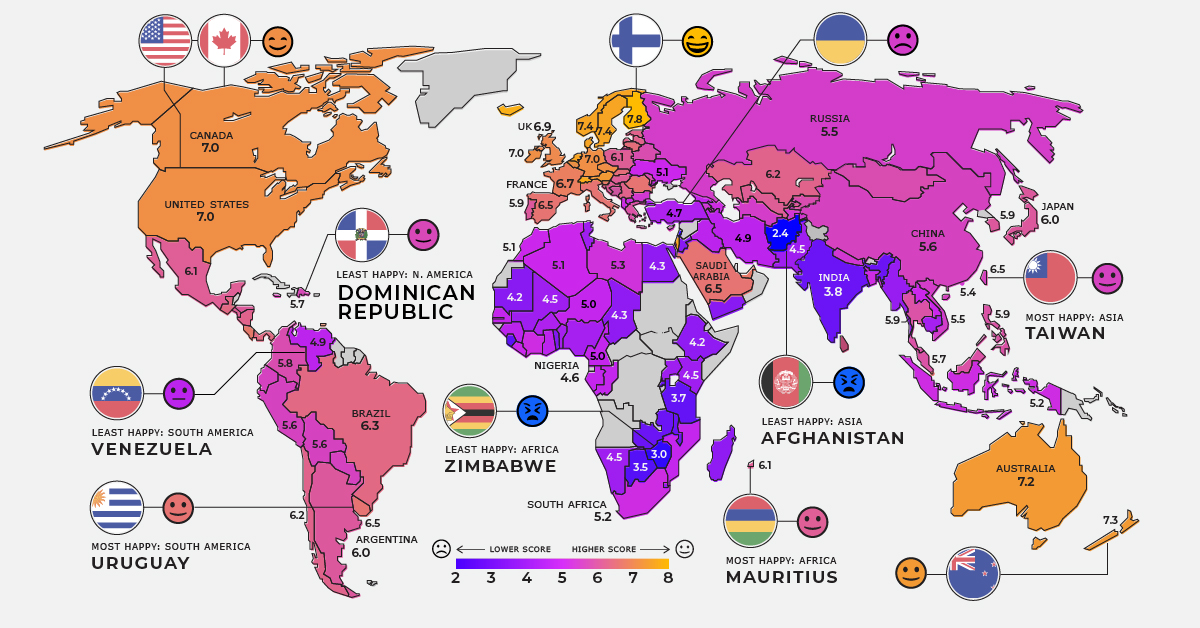
(quote)
NYC food delivery workers face a ‘harrowing world’ New York City’s app-based delivery workers—a lifeline to city residents during the COVID-19 pandemic—regularly face nonpayment or underpayment, unsanitary or unsafe working conditions and the risk of violence, according to a new report released Sept. 13. The report, “Essential but Unprotected,” examines the working conditions of app-based delivery workers engaged by digital platforms such as UberEATS, Doordash and GrubHub to deliver food to consumers in New York City.
The most serious danger that delivery workers confront is becoming victims of violent assault when their electric bikes are stolen. This widespread issue also worsened during the pandemic. Fifty-four percent of the survey participants reported having experienced bike theft, and about 30% of these said that they were physically assaulted during the robbery.
Maybe you saw the video of a New York delivery guy during Hurricane Ida, trudging slowly through waist-high water, plastic takeout bag slung over his handlebars. Some people saw him as stoic. Others saw him as tragic. But the 65,000 delivery workers like him saw it as just another day on the job.
Mary Harris: People who deliver food used to work for restaurants. Now most of them are gig workers. Instead of dropping off a pizza a few blocks away, they’re speeding 60 blocks uptown on an e-bike to drop off ice cream or fries. Instead of coming back to a home base where they can probably score a free meal, they’re scavenging around for a place to pee. Sometimes they work for a bunch of them at once, trying to game the system.
Losing a bike is devastating for a delivery worker, obliterating several weeks’ worth of wages as well as the tool they need to earn those wages. “It’s my colleague,” Cesar said in Spanish through an interpreter. “It’s what takes me to work; it’s who I work with and what takes me home.” He’s customized his with dark-blue tape covering its frame, blue spokes, and color-changing LED light strips on its rear rack. Two Mexican flags fly from his front fork. He also attached a second battery since the main one lasts only seven hours, and he rides fast and for every app he can, typically working from breakfast to dinner. He maintains his bike with the help of a traveling mechanic known only as Su, who broadcasts his GPS location as he roams upper Manhattan. Recently, Cesar added a holster to his top bar for his five-pound steel U-lock so he can quickly draw it to defend himself in case of attack.
Even before the thefts started, the city’s 65,000 delivery workers had tolerated so much: the fluctuating pay, the lengthening routes, the relentless time pressure enforced by mercurial software, the deadly carelessness of drivers, the pouring rain and brutal heat, and the indignity of pissing behind a dumpster because the restaurant that depends on you refuses to let you use its restroom. And every day there were the trivially small items people ordered and the paltry tips they gave — all while calling you a hero and avoiding eye contact. Cesar recently biked from 77th on the Upper East Side 18 blocks south and over the Ed Koch Queensboro Bridge, then up through Long Island City and over another bridge to Roosevelt Island, all to deliver a single slice of cake for no tip at all. And now he had to worry about losing his bike, purchased with savings on his birthday.
Before the apps, sites like Seamless and Grubhub simply listed restaurants that already offered delivery. But DoorDash, Postmates, and the other apps that arrived in the mid-2010s had their own delivery workers, armies of contractors directed by software on their phones. If a restaurant didn’t offer delivery or was too far away, the app just sent a gig worker to order takeout and bring it to you.
The main reason restaurants weren’t already letting you order a single bacon, egg, and cheese from 50 blocks away for almost no charge is that it’s a terrible business model. Expensive, wasteful, labor intensive — you would lose money on every order. The apps promised to solve this problem through algorithmic optimization and scale. This has yet to happen — none of the companies are consistently profitable — but for a while they solved the problem with money.
The apps failed and bought each other, and now three giants remain: DoorDash, Uber Eats, and Grubhub-Seamless. Each divides the New York market more or less equally, and each uses the piecework model pioneered by Uber itself. Workers get paid when they accept and complete a delivery, and a gamelike system of rewards and penalties keeps them moving: high scores for being on time, low scores and fewer orders for tardiness, and so on. Chavez and others call it the patrón fantasma, the phantom boss — always watching and quick to punish you for being late but nowhere to be found when you need $10 to fix your bike or when you get doored and have to go to the hospital.
Bikes, cold-weather gear, garages, maintenance: The costs add up. Workers even pay for their own app-branded cooler bags. So while DoorDash claims Manhattan workers make $33 per hour, including tips, when you factor in expenses, delivery workers have a base pay of $7.87 per hour, according to a recent study of app-based workers. Neither estimate includes time spent waiting between deliveries.
What the Apps That Bring Food to Your Door Mean for Delivery Workers
‘Watch out, there’s a opossum under the stairs:’ Delivery workers reveal the wildest things they encountered on the job
(unquote)
Image courtesy Business Insider






